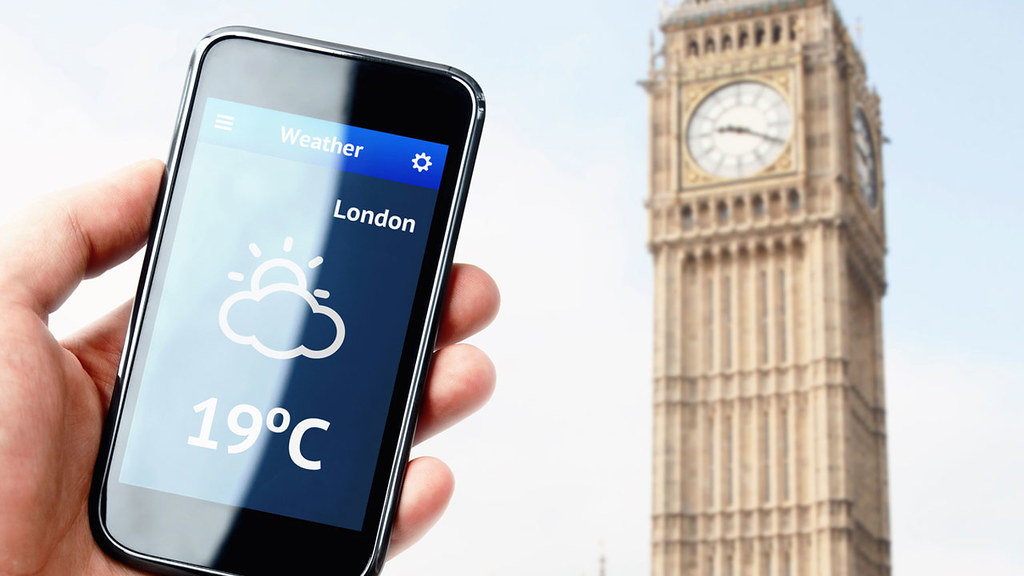The weather affects all of us and accurately predicting it days in advance is vital for people's lives, business, the transport sector and farmers.
Throughout the year, the Met Office provides forecasts for more than 10.000 locations worldwide. An important factor in the accuracy of these is the ability to blend computational modelling with observational data.
In collaboration with the Met Office, mathematicians at the University of Bath have developed adaptive numerical methods that allow computational models to make better use of data. As a result of incorporating these methods into operational models, the accuracy of the Met Office's forecast of temperatures near the ground has demonstrably improved.
The challenge
The Met Office uses a range of advanced computer models and combines the outputs of these models with observational data in order to produce weather forecasts. A key limitation on the accuracy of the forecasts is the computer model and its ability to consistently represent the kinds of real weather features that are captured by the observational data.
The solution
Working closely with the Met Office, University of Bath mathematicians have developed more efficient numerical methods, known as adaptive meshes, which when incorporated into data assimilation algorithms are better at capturing rapid changes in temperature, pressure, or wind speed.
The improvements means that the adaptive meshes can make better use of the available observational data. Over a period of ten years, the collaborative research project developed approaches that were demonstrably more accurate than existing techniques and could be readily inserted into existing software at the Met Office.
The benefits
A direct consequence of this research has been a demonstrable improvement in forecasting accuracy, as measured by comparing predictions with subsequent weather observations. This has far-reaching economic and societal impact, for example, the Met Office is now able to better predict fog hazards at airports, and road surface temperatures in winter, ensuring that preventative measures such as gritting roads with salt are used appropriately and in ways that minimise their environmental side-effects.
The new method of adapting computational grids to the expected solution is now being exploited in the high-resolution analyses used to drive the short-range forecasts for the UK.
Particular benefit has been found in predicting low-level temperatures, which is very important for maintaining the road network in a safe condition and for predicting fog.
Prof Mike Cullen, Senior Research Fellow, Met Office
